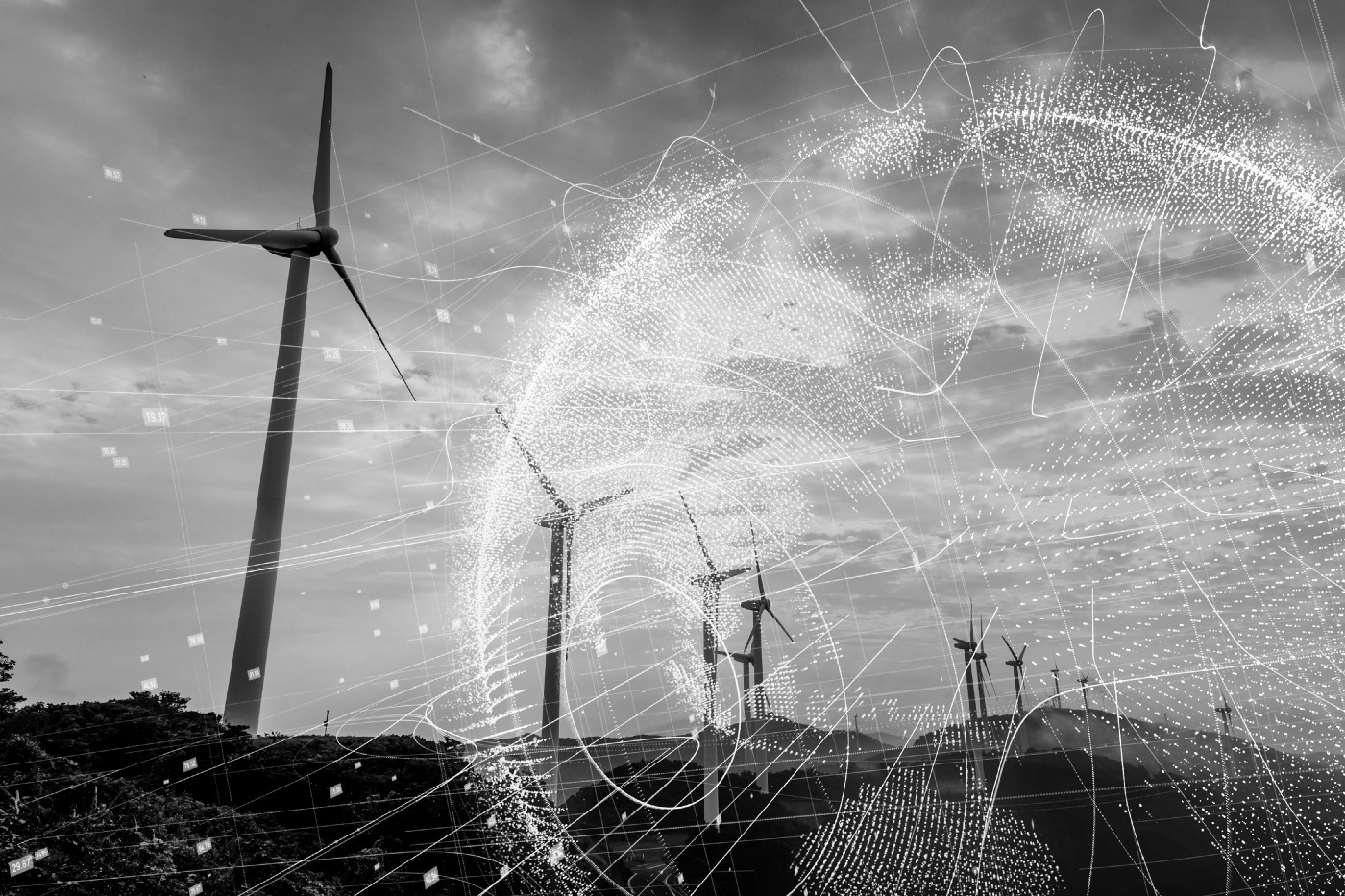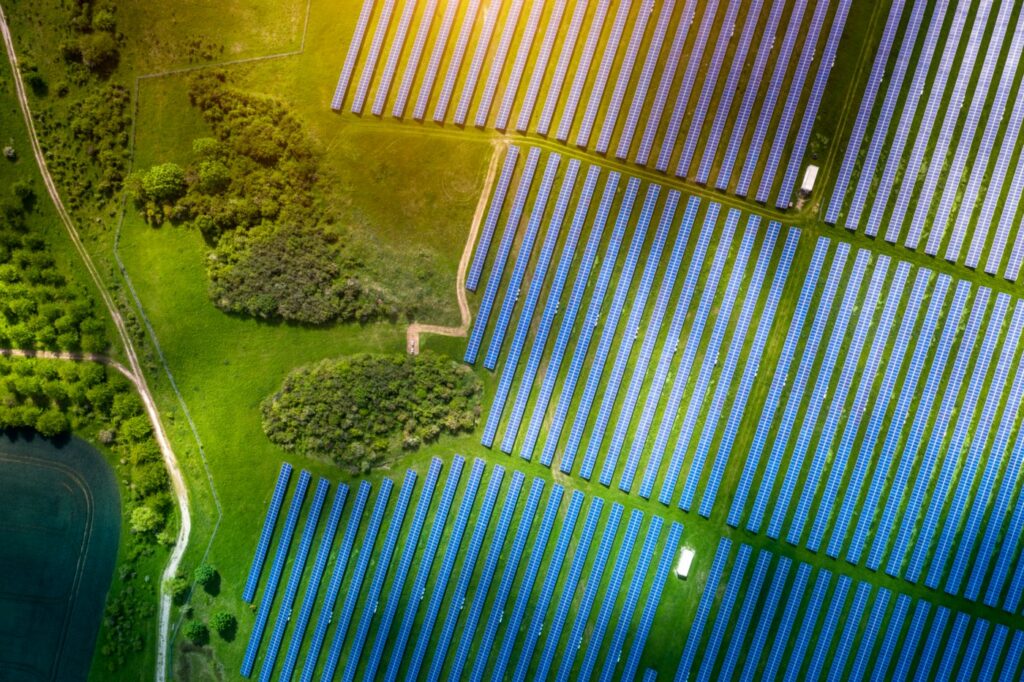By Phillip Ng, VP of Corporate Development
The grid is in a contest for its survival. A century-old technology is struggling to update itself to the emergence of renewable energy. At stake is the way we consume and pay for electricity, and also the impact our carbon footprint will have on the future.
The modern grid was born in 1892 in Chicago, America’s industrial heart. At the time, most industrial facilities built private power plants to feed their production. The large capital outlays for such projects represented a tremendous investment, prohibitively expensive. At the time, there were 18 central stations in Chicago’s loop and five hundred power plants. Each had only low, inefficient utilization rates.
Samuel Insull[1] of the Western Edison Light Co. set out to revolutionize this paradigm. To achieve scale, Insull was willing to bear up-front losses by halving his cost of power. He also induced industrial customers to take power by introducing the concept of off-peak rates. This resulted in thousands of new customers and a funny logic: cheaper prices, more profits. Lowering prices meant more customers, and the growth in customers outpaced the decrease in price — more revenue. Since Insull’s costs were relatively fixed, most of that incremental revenue translated into profits.
Insull was able to create a new economic model for plants. A model that tended to favor large, monopolistic enterprises that could spread their costs across thousands of customers. Not much has changed since. Indeed, for the last hundred years, it has been hard to conceive of industrial-grade power other than that delivered through the vertically integrated grid and power production other than that delivered by large enterprises that can drive out costs.
Enter modern-day wind and solar power. These renewable power sources pose a serious problem to modern grid architecture. For starters, renewables bring power intermittently. Whereas conventional energy ramps up or down in response to changes in grid demand, renewables come on when the sun is shining and the wind is blowing. Second, after it’s installed, the cost of production of renewable energy is very low — or even zero. This difference in cost structure means that producers are willing to accept any price for their electricity. Thus, at times of high production, renewables drive out conventional power producers — who must at least recoup the cost of their feedstock.
Suddenly the scaling paradigm of conventional energy has been upended. By reducing the utilization rates of these conventional producers, the producer’s average cost has increased. This increase causes the demand for power to fall, further driving up average costs. Renewable subsidies from governments and falling prices of renewables have accelerated this cycle. Where investors once piled into electricity assets for their stable returns, they now shy away from them as a risky proposition. Utilities — which keep the lights on, drive all basic manufacturing, and underly every modern human function — are now fighting for their lives.
Policymakers suggest that we tackle this challenge in two ways. The first is technological. Smaller, more nimble plants that can jump in to meet the sudden demand are being deployed. With smarter meters and the digitalization of electricity, trading allows for finer demand management. In the longer term, large batteries will store excess renewable energy so it is available when power is needed. These are long-term solutions, however, and require transitioning from age-old grid technologies. This shift requires significant coordination and investment — quite a challenge.
Another solution revolves around improving the structure of our grids. Deeper integration of our electric grids will allow for renewable energy to be utilized in areas that are far from the site where it was produced. It also involves thoughtful pricing to reflect the needs of consumers. One solution that has been proposed is that consumers purchase a contract that guarantees them sufficient power[2]. Countries such as Chile have developed an innovative cocktail of policy measures to induce more adoption of renewables and promote energy independence.
Finally, Soluna is working on one more solution. Our vision revolves around transforming a challenge caused by one of the fastest growing consumers of electricity — data centers — into an opportunity. By co-locating data centers with productive renewable assets, Soluna seeks to offer an alternative power sink to the grid. This alternative will save renewable plants from having to curtail excess power. Also, diverting a portion of the power, it saves the grids from periods of excessively low and negative prices.
In 1892, Insull revolutionized the way power was distributed. By doing so, he catalyzed industrialization in America. His innovation was not one of just technology, but a rethinking of the way that technology was applied to everyday problems. Like Insull, Soluna seeks to revolutionize energy markets and distribution. Prosperity through innovation.
For More Reading:
The Grid by Gretchen Bakke
Green Energy’s Dirty Secret by the Economist
Footnotes:
[1] and Thomas Edison’s former personal secretary
[2] As opposed to the current commodity markets seen in most economies, where buyers and sellers meet to cover their instantaneous need.




